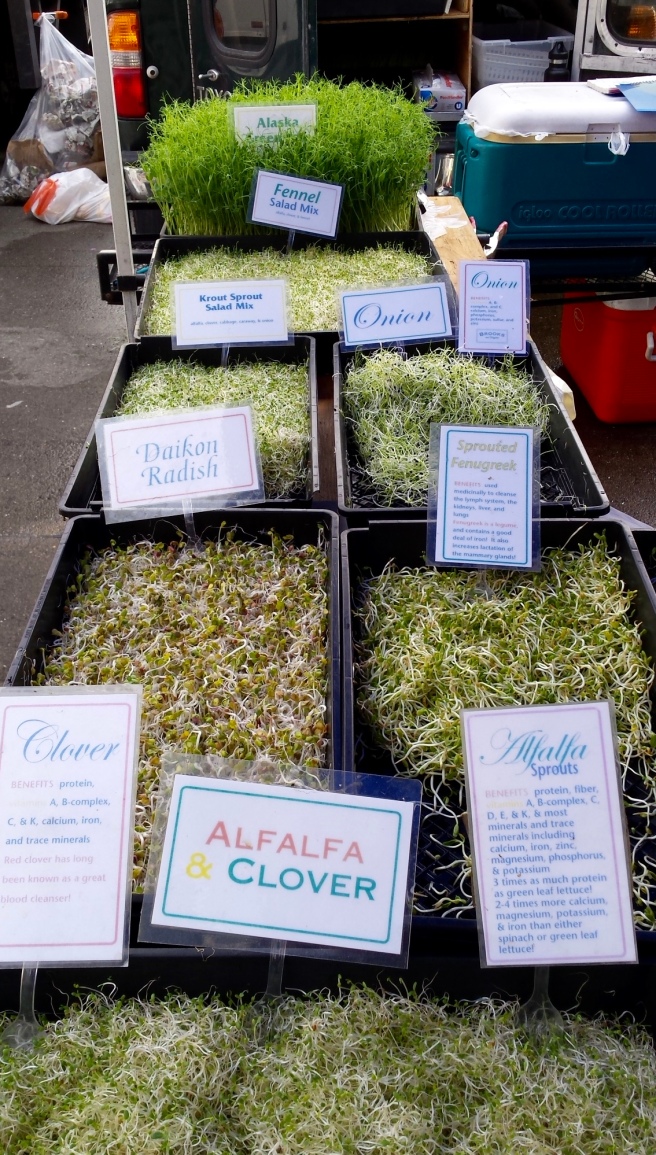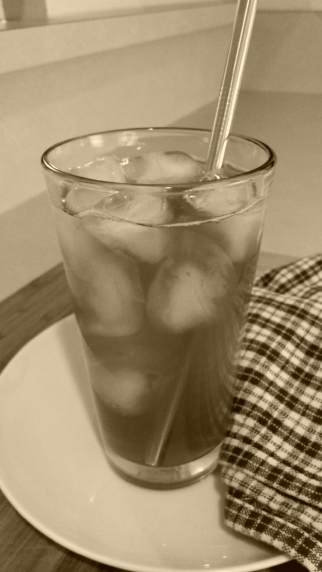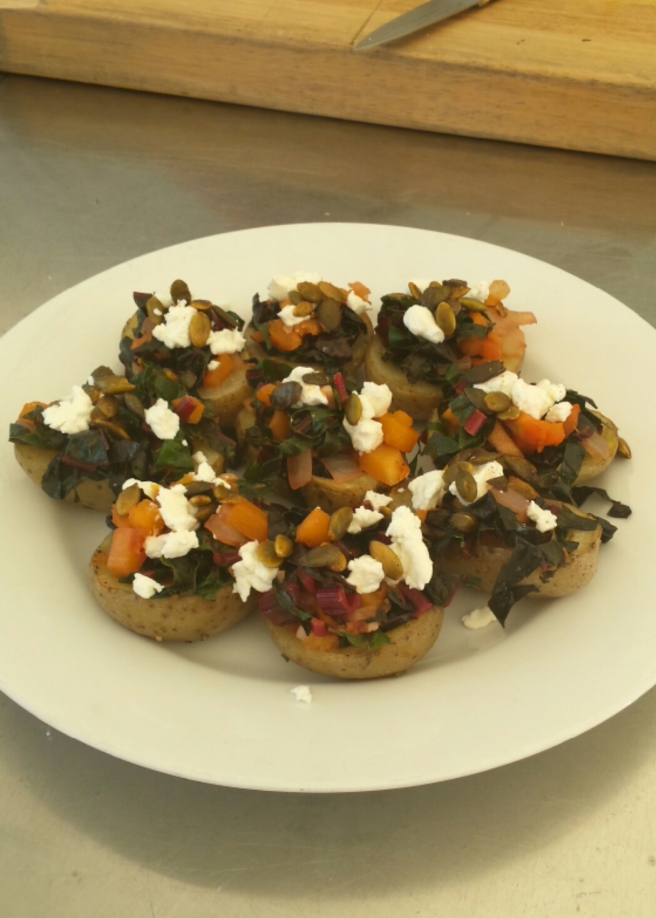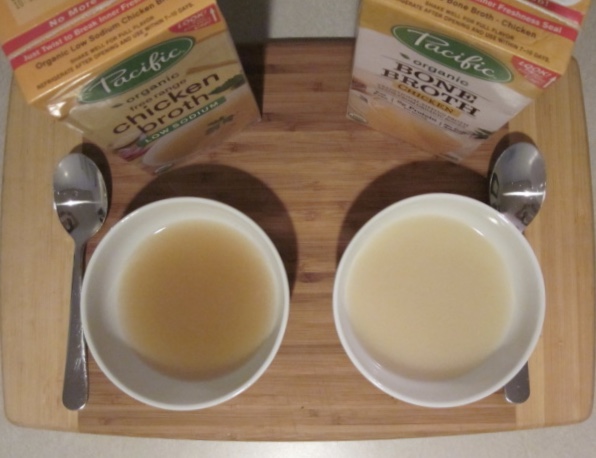
We’re already on the cusp of Spring and I have been remiss in documenting the Lessons of this Experiment–and there have been lessons learned. Last month, comparing the amount of money spent in January ’15 with January ’16 showed a near doubling year-to-year. I’ve no doubt that will be reflected in this month’s analysis, but I won’t be able to look at the real figures for a few more days as another deadline requires my attention. And speaking of attention, two things caught mine this past week.
First, $18-a-pound butter. From Magic Cows, you say? Not that I know of. From Vermont. Not local, as I’d prefer to buy, but they did have the longer freshness date I need because I don’t use butter up quickly–usually. I have to admit, this stuff is pretty tasty and might replace some of the olive oil (local) I’d come to prefer. But at $18 a pound, I might have to “suffer” through tasty olive oil on things just to stretch out that butter. Come to think of it, the two items are probably about the same cost per ounce in the end.
And speaking of ounces, any coffee available at the Marketplace comes in the form of cafe vendor Peet’s Coffee & Tea. The problem is, I just don’t like my morning coffee to be a daily personal challenge of “How much roast can you tolerate in the name of ‘good’ coffee?” And since I’d want to buy decaf beans at that, my choices are pretty limited. (I happily bought $50/pound Kona coffee here in the past, but it doesn’t come in decaf.)
Since the Rules of the Experiment say I can buy at restaurants and other take out places, I opted for some beans from Philz Coffee across the way. On the day I was there, I noticed a sign for help wanted. I’m not sure what they pay, but for a minimum wage worker, they’d have to labor about an hour and a half to buy the $15 pound of beans I chose. Luckily, coffee is mostly water, I suppose. And I assume the job might include a few free beans or cups for the crew.
Speaking of Rules, those of the Experiment are getting tweaked to reflect the needs of my crew–specifically my lactose-challenged husband. The work-arounds at the Ferry Building just aren’t working. So far in this Experiment, I’ve overcome El Niño and a six weeks of Very Bad cold, but those were nothing compared to seeing my loved one struggle–the second thing I noticed–with my Big Idea to shop only at the Ferry Building. Originally, he was welcome to go fetch whatever lactose-free things he needed from wherever he liked, and while the entire supermarket world is still open to him, what’s changing is who’s doing the fetching. So, going forward, I am allowed to get one type of food from a market, lactose-free “dairy” substitutes. And for now I’ll limit the places to get such items to Whole Foods and local haven, Rainbow Grocery. Anyone dealing with these stores in SF knows there are plenty of dragons there so it’s not like I’m making things too easy on myself with this change.
What is the most expensive foodstuff/grocery item you’ve ever bought? Was it worth it?











